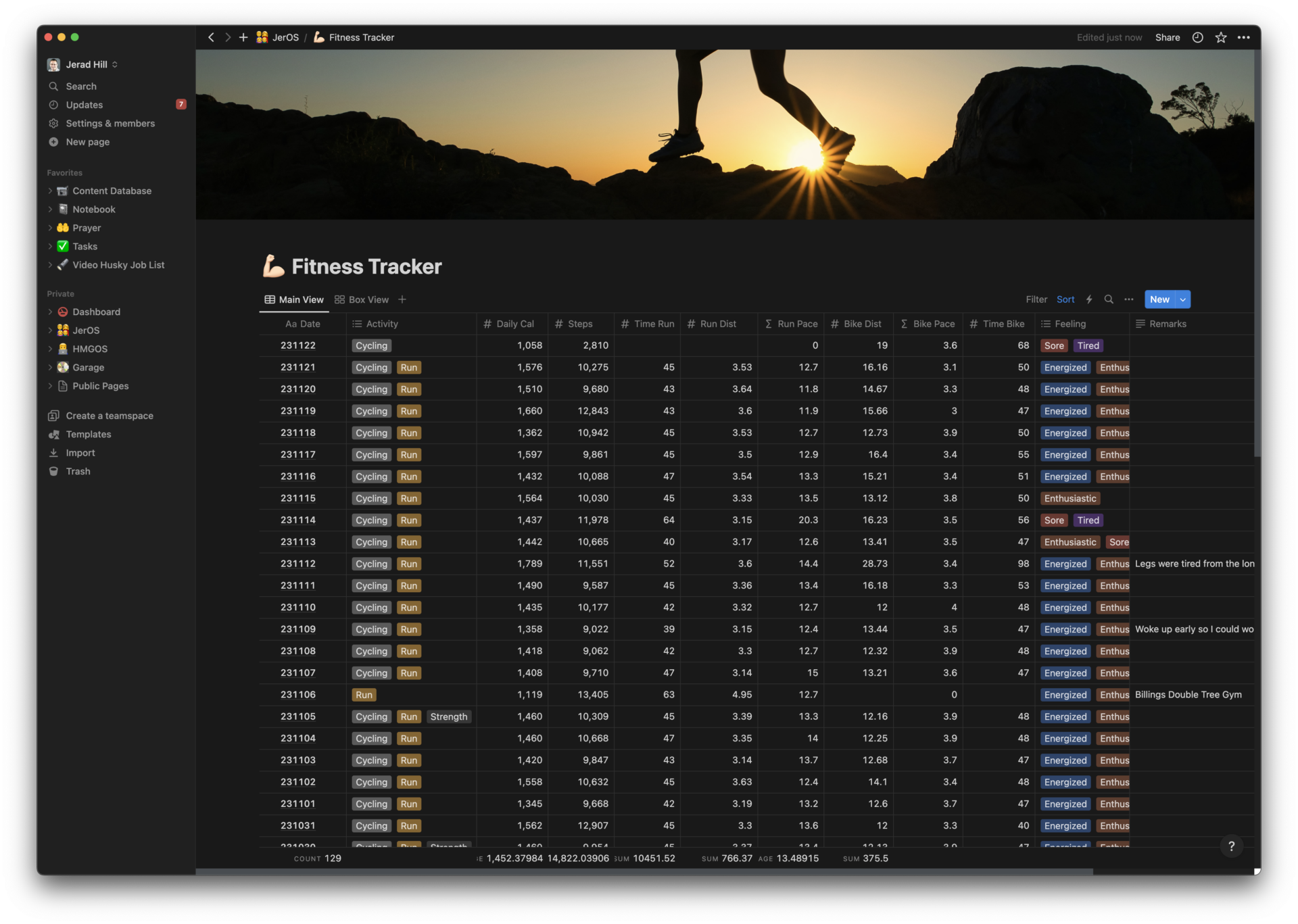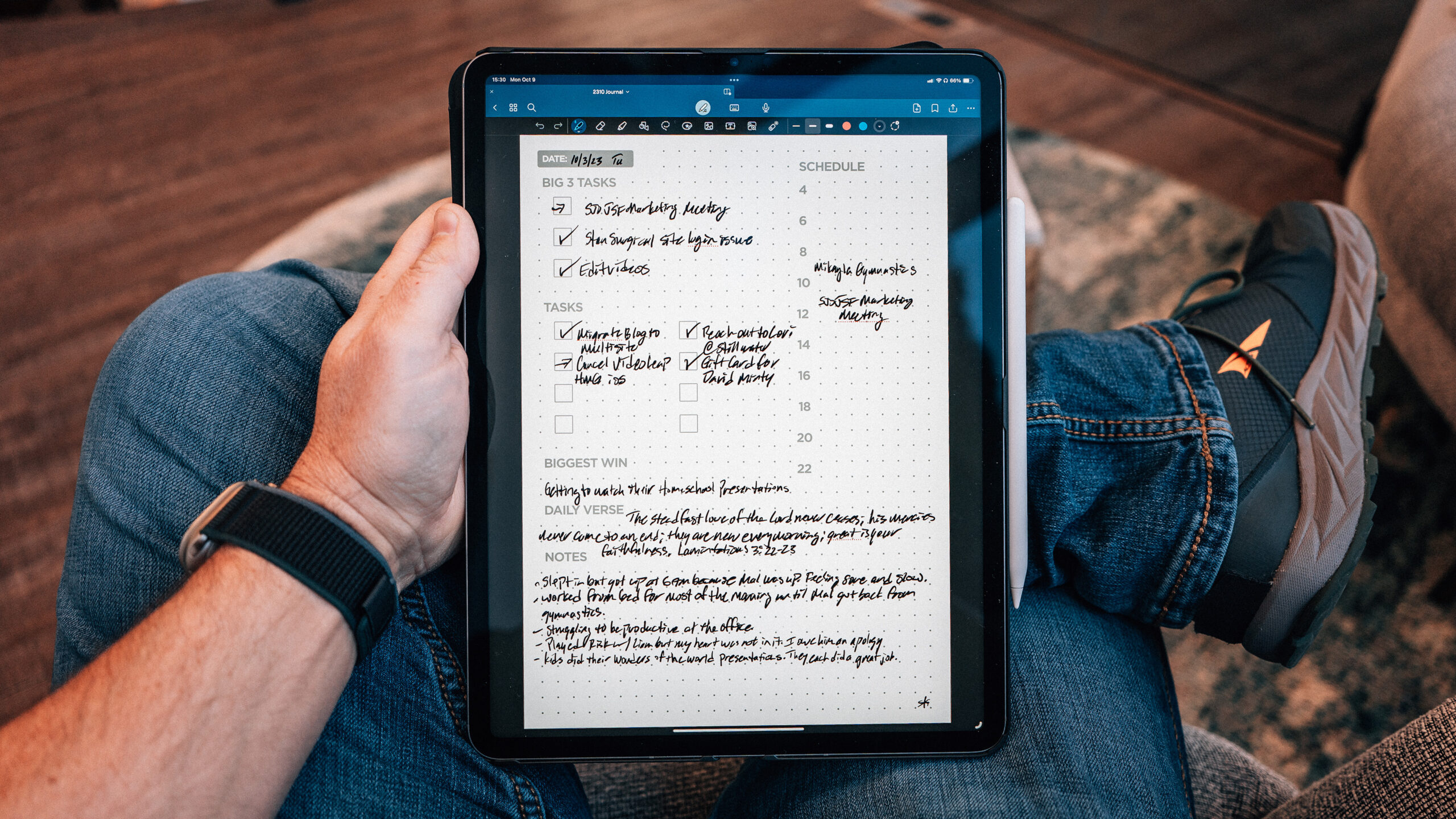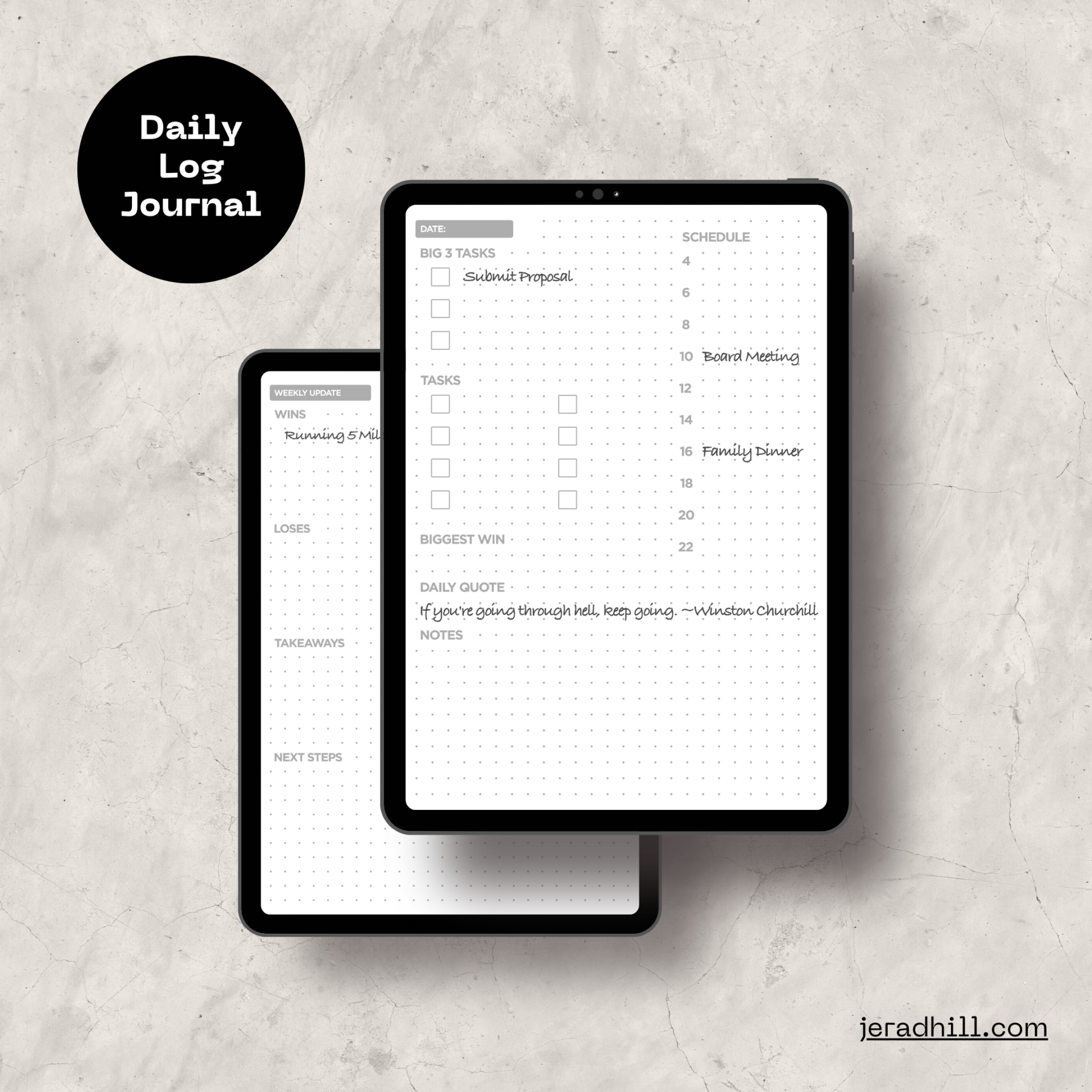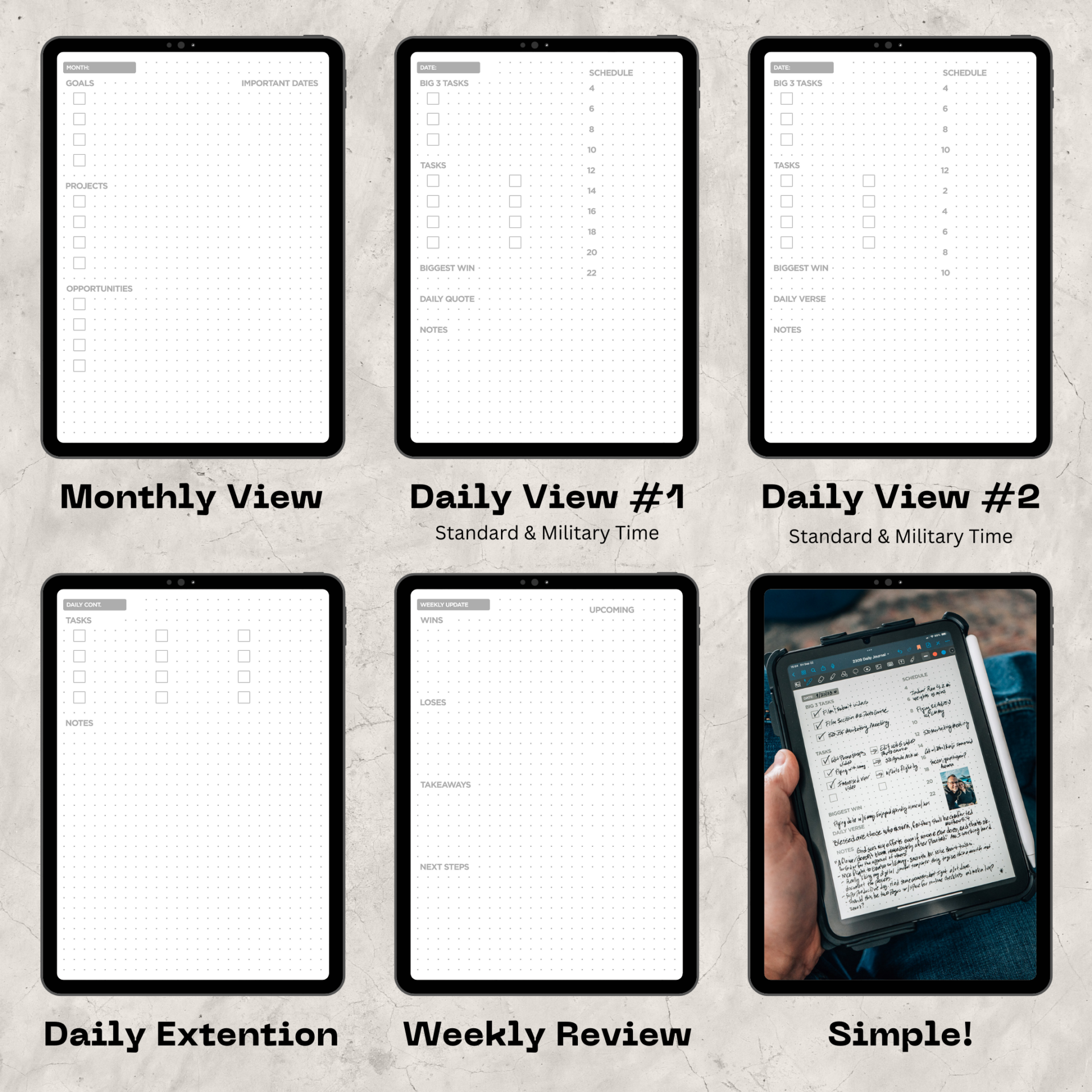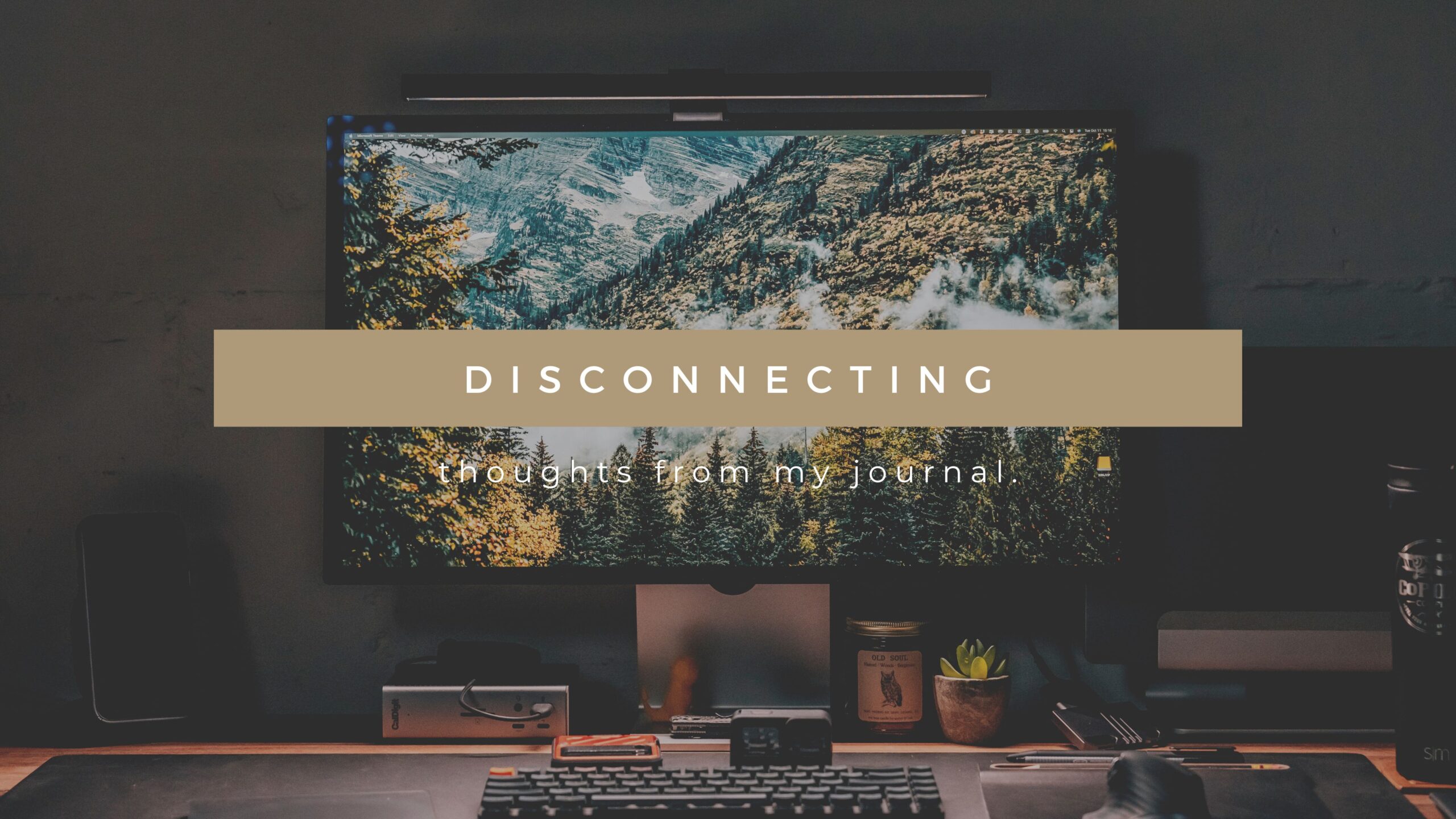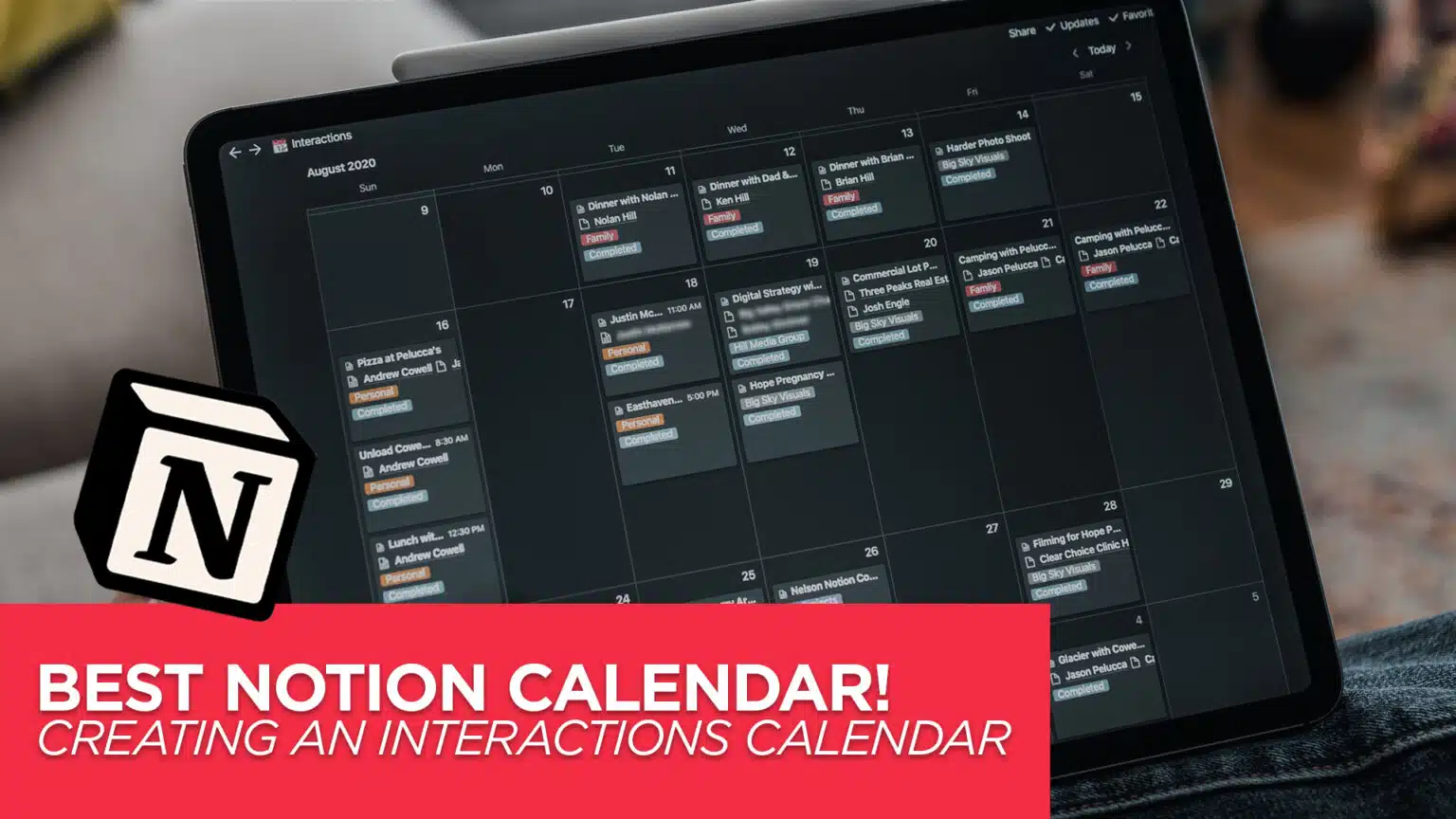We’re constantly bombarded with information tailored to our interests and behaviors. This personalized experience, primarily seen on social media platforms, results from sophisticated algorithms designed to capture and retain our attention. While seemingly harmless, these algorithms play a pivotal role in shaping our online experience, often at the cost of our productivity and well-being. Hear me out:
The Mechanism of Distraction
At the heart of the problem are the algorithms created by social media companies. These platforms offer ‘free’ services, but the actual cost is our attention, monetized through the ads we are served. The more time we spend on these platforms, the more ads we see and the more revenue these companies generate.
These algorithms are meticulously designed to learn from our behavior. They analyze vast amounts of data to predict what might keep us engaged next. Whether it’s a video, a post, or an advertisement, the content is tailored to hook our attention and keep us scrolling.
The Personalization Trap
A key feature of these algorithms is the personalization of content. Search results and news feeds are no longer a one-size-fits-all but are uniquely tailored to each user. This personalization is based on our previous interactions, searches, likes, and even the amount of time we spend on certain posts.
While this can lead to a more enjoyable user experience, it also creates an echo chamber, reinforcing our existing beliefs and interests and keeping us engaged in the platform longer.
The Human Cost of Algorithmic Efficiency
It’s essential to recognize that these algorithms are not neutral. They are designed with a specific goal in mind: to maximize the time we spend on the platform. If these algorithms were personified, they would be the individuals we avoid in real life – those who distract us and derail our productivity.
Yet, we continue to engage with them daily. Each time we unlock our phones and open an app, we willingly enter a battlefield where we are outmatched. These algorithms know our weaknesses and our preferences and are constantly learning how to keep us engaged.
A Biblical correlation would be likening the algorithm to the serpent in the Garden of Eden. The serpent was there to distract Eve and get her to sin. She could have avoided the serpent but chose to engage with it. The serpent’s famous line rings true today: “You will not surely die.” (Genesis 3:4 ESV), but we do die a little bit when we give into the algorithm, allowing it to carry us away for hours on end.
Fighting Back Against the Digital Serpent
How do we resist the lure of these digital serpents? Here are some strategies:
- Set a Physical Timer: Limit your social media use by setting a physical timer. Place it out of arm’s reach so you’re forced to physically move when it goes off. This break can help snap you out of the scrolling trance.
- App Deletion: Consider deleting social media apps from your phone. They can still be accessed via a computer for necessary check-ins, but removing them from your phone eliminates the temptation for mindless browsing.
- Accountability: If self-regulation fails, enlist the help of friends or family. Share your screen time statistics with them and allow them to hold you accountable.
Towards a Healthier Digital Life
Algorithms, especially with the advancement of AI, are becoming more sophisticated. The real challenge, however, lies in mastering our minds. Instead of succumbing to the easy escape of scrolling, we can choose healthier alternatives like engaging in conversation or journaling.
With time and conscious effort, we can break free from the hold of these algorithms. By developing new habits, we can reintegrate social media into our lives in a balanced and healthy manner, ensuring that we use technology as a tool, not as a master.


